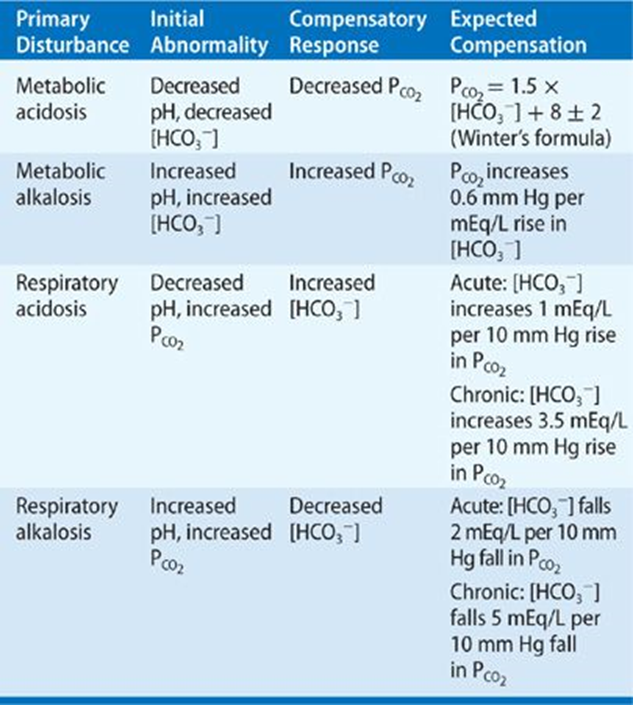A nurse is caring for a patient with Addison's Disease. Which of the following clinical manifestations should the nurse expect to observe? (SELECT ALL THAT APPLY)
buffalo hump
hyponatremia
decreased glucose level
weight gain
Craving for salt
Correct Answer : B,C,E
A. Buffalo hump:
Explanation: A buffalo hump is associated with excess cortisol, which is not a typical manifestation of Addison's disease. Instead, patients with Addison's disease may experience weight loss and muscle wasting.
B. Hyponatremia:
Explanation: Correct. Hyponatremia (low sodium levels) can occur in Addison's disease due to the loss of aldosterone, which plays a role in sodium and water balance.
C. Decreased glucose level:
Explanation: Correct. Addison's disease can lead to hypoglycemia (low blood glucose levels) because cortisol, which is important for maintaining blood glucose, is deficient.
D. Weight gain:
Explanation: Weight gain is not a typical manifestation of Addison's disease. Instead, weight loss and muscle wasting may occur.
E. Craving for salt:
Explanation: Correct. Addison's disease can lead to salt craving, as aldosterone deficiency results in increased sodium loss and potassium retention.

Nursing Test Bank
Naxlex Comprehensive Predictor Exams
Related Questions
Correct Answer is B
Explanation
A. Metabolic Acidosis
Metabolic acidosis is characterized by a low pH and low bicarbonate (HCO3) level. In this case, the pH is low (indicating acidosis), but the bicarbonate level is within the normal range, which is inconsistent with metabolic acidosis.
B. Respiratory Acidosis
This is correct. Respiratory acidosis is characterized by an elevated partial pressure of carbon dioxide (PaCO2), leading to a decrease in pH. The ABG values in this case indicate elevated PaCO2 and a low pH, consistent with respiratory acidosis.
C. Metabolic Alkalosis
Metabolic alkalosis is characterized by a high pH and high bicarbonate (HCO3) level. In this case, the pH is low (indicating acidosis), which is inconsistent with metabolic alkalosis.
D. Respiratory Alkalosis
Respiratory alkalosis is characterized by a low partial pressure of carbon dioxide (PaCO2) and a high pH. In this case, the PaCO2 is elevated, which is inconsistent with respiratory alkalosis.

Correct Answer is B
Explanation
A. 30 minute onset; 2-hour duration: This does not accurately represent the onset and peak action time of Insulin Lispro.
B. 15 minute onset; 30-60 minutes peak: This is correct. Insulin Lispro has a rapid onset (starts working within 15 minutes) and a peak action time of 30-60 minutes after administration.
C. 2-hour onset; 12-hour duration: This is not accurate for rapid-acting insulin. Rapid-acting insulin has a much quicker onset and shorter duration compared to this option.
D. 15 minute onset; no peak (continuous): While the onset time is correct, stating "no peak" is not entirely accurate. Rapid-acting insulin does have a peak, but it's relatively short, occurring within the first hour after administration.
Whether you are a student looking to ace your exams or a practicing nurse seeking to enhance your expertise , our nursing education contents will empower you with the confidence and competence to make a difference in the lives of patients and become a respected leader in the healthcare field.
Visit Naxlex, invest in your future and unlock endless possibilities with our unparalleled nursing education contents today
Report Wrong Answer on the Current Question
Do you disagree with the answer? If yes, what is your expected answer? Explain.
Kindly be descriptive with the issue you are facing.
